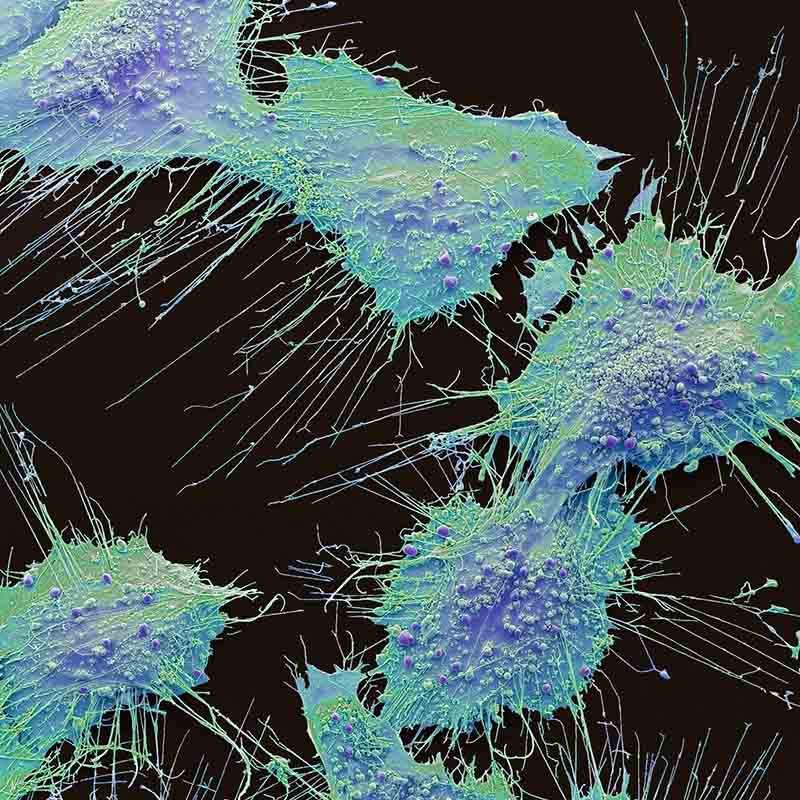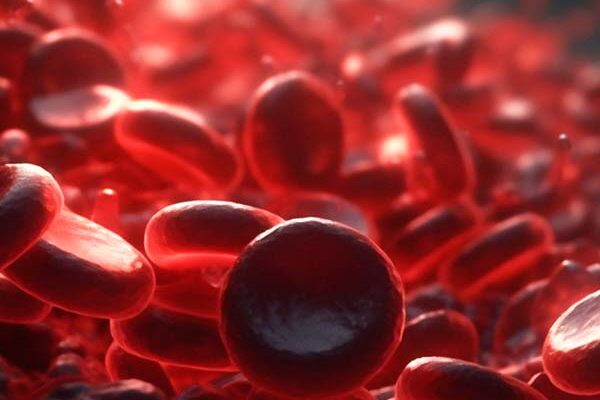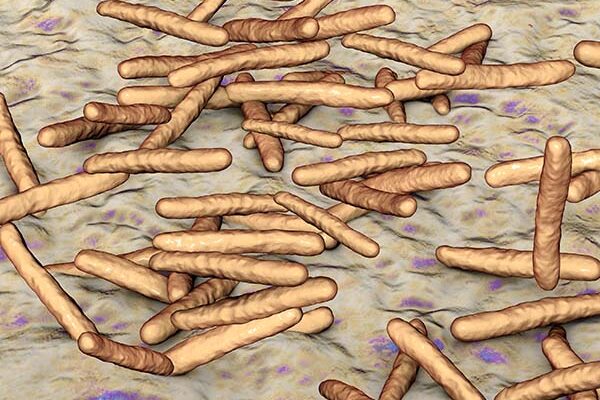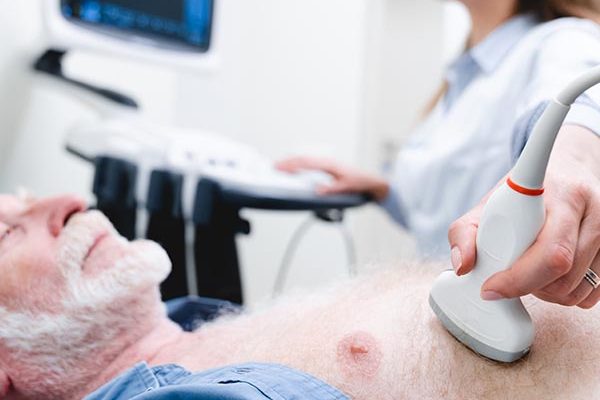Summary
This novel technology can be used for real-time detection of cancerous tissue. This system measures voltage in tissues and differentiates cancerous from non-cancerous tissue.
It could potentially be used as a portable theatre instrument or a hand-held device that enables testing of a wide range of cancerous tissue samples (ovarian, rectal sigmoid, spleen, para-aortic lymph node or pelvic side wall) during operation.
Proposed use
The technology paves way for the development of predictive and prognostic biomarkers based on the biopotential properties of cancerous tissue. The invention is likely to be commercialized as a portable device used to detect wide range of cancerous tissue during surgery.
Problem addressed
Current surgical techniques such as iKnife uses rapid evaporation ionization mass spectroscopy (REMIS) to detect tumours real-time. Another technique, fluorescent bioelectricity reporter (FBR) has been used to monitor a large number of cells in vivo. However, none of these techniques have been used in clinical setting, as iKnife requires a detailed chemical spectrum database, while FBR is not designed for clinical applications. Hence, there is a need for a technology that can detect cancerous tissue real-time.
Real-time diagnostics during surgery and in vivo monitoring of chemotherapy-induced tissue changes in the neoadjuvant and adjuvant situation are two critical technologies in cancer treatments. It has been established that abnormal proliferation of a single cell caused by cancer can lead to cell depolarisation.
Technology overview
Professor Emmanuel Drakakis has led a team to develop a novel technology that detect cancerous tissue by means of differential voltage measurements. The key features of this technology are:
- The technology comprises of an instrumentation amplifier (IA) that is connected to two electrodes; tungsten and silver/silver chloride electrode.
- The FHC D.ZAP tungsten electrode with a metal-tip is in contact with the tissue sample suspended in media.
- The silver/silver chloride (Ag/AgCl) electrode typically acts as a reference electrode in the system and it is contact with media containing cancerous/non-cancerous omentum.
- The IA records and amplifies potential differences between its terminals when the system is in equilibrium.
Benefits
- Real-time detection of cancerous tissue
- Measures voltage and differentiates cancerous tissue from non-cancerous tissue
- It removes the common-mode noise from the input signal, so the output amplified signal has a higher signal-to-noise ratio (SNR). It can be used in electrically noisy hospital wards because of its high signal to noise ratio profile.
Intellectual property information
EP3341716A1 A SYSTEM AND METHOD FOR VOLTAGE MEASUREMENTS ON BIOLOGICAL TISSUES
US2018252666A1 A SYSTEM AND METHOD FOR VOLTAGE MEASUREMENTS ON BIOLOGICAL TISSUES








